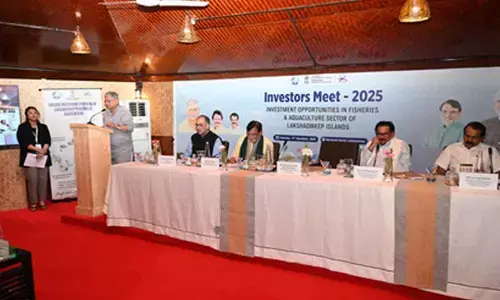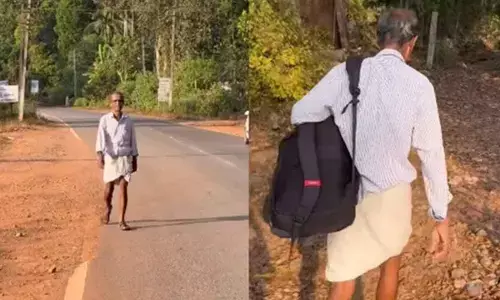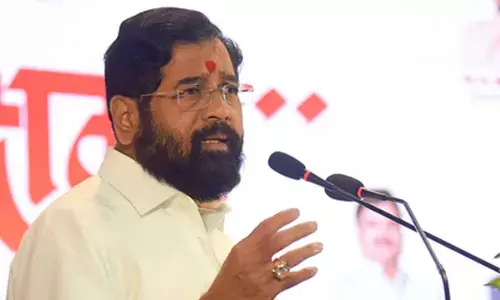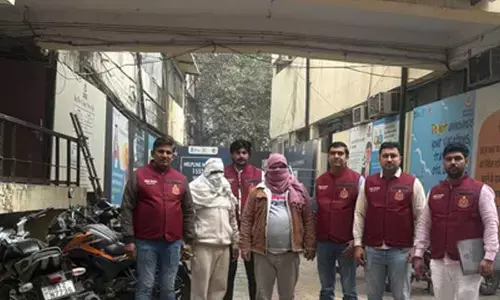Government reviewing parameters used to measure stunting in children
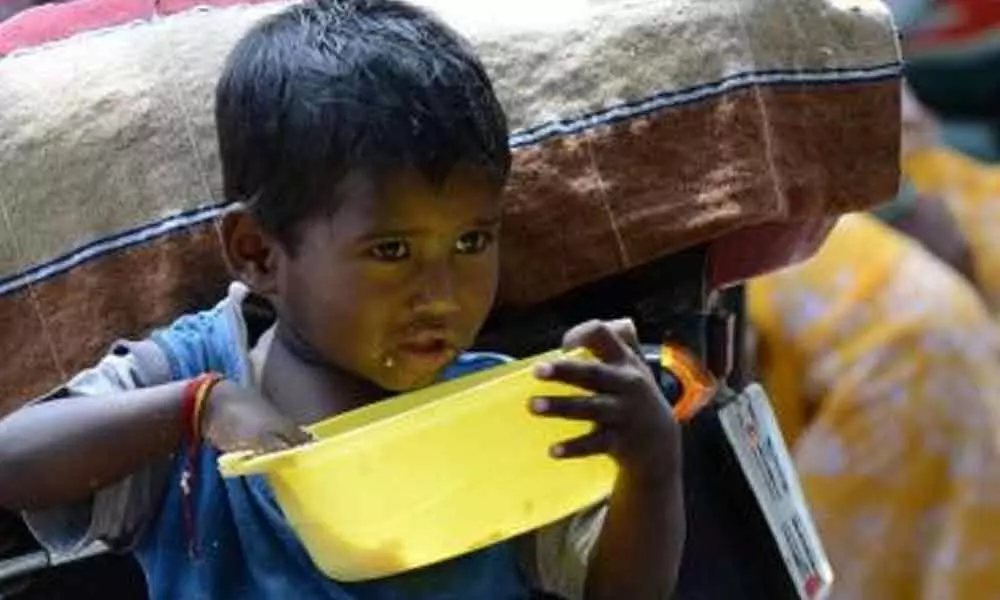
The government is reviewing parameters used to measure stunted growth in children to see how they can be "Indianised" according to anthropology of Indians, sources said.
New Delhi: The government is reviewing parameters used to measure stunted growth in children to see how they can be "Indianised" according to anthropology of Indians, sources said.
Stunting is the impaired growth and development that children experience from poor nutrition, repeated infection, and inadequate psychosocial stimulation. It is presently calculated by taking measurements of height.
India tops the list of countries with 46.6 million children who are stunted, followed by Nigeria (13.9 million) and Pakistan (10.7 million), the Global Nutrition Report, 2018 said.
According to the National Family Health Survey-4 (NFHS-4), 38.4 per cent children under five years of age are stunted or low height-for-age and 21 per cent wasted or low weight-for-height in India.
As many as 48.3 per cent of children in Bihar under five are stunted, the survey said.
But official sources said the anthropology of Indian children varies in different parts of the country and there cannot be standard parameters to measure stunting in children across all states especially in a diverse country like India.
"The government in collaboration with the Harvard T H Chan School of Public Health and World Health Organisation is looking into how these international parameters can be Indianised," an official source said.
India also accounts for 25.5 million children who are wasted, followed by Nigeria (3.4 million) and Indonesia (3.3 million).
Wasting, or low weight-for-height, is a strong predictor of mortality among children under five years of age. It is usually the result of acute significant food shortage or disease.
In a bid to better understand the food needs and requirements of malnourished children from different states, the Centre is also studying locally available nutritious food that would not only be healthy but also cost-effective and conveniently obtainable for the families, officials said.
"The government is also working towards educating children and parents about the access of locally available nutrient-rich food that would help them understand what would benefit them in terms of nutrition," the official said, adding that special focus is being given in the 'Poshan Maah' (nutrition month) during which the government aims to reach out to 10 crore beneficiaries.
'Poshan Maah' is celebrated in the month of September every year under the 'Poshan Abhiyan' which was launched by the Centre in 2018 to reduce low-birth weight, stunting and undernutrition, and anaemia among children, adolescent girls and women.
During the 'Poshan Maah', initiatives are taken to bring behavioural change towards issues related to maternal, infant and young child care and feeding practices.
The campaign also aims to ensure convergence of all nutrition-related schemes and provide performance-based incentives to states and community nutrition and health workers, facilitating a focus on results.








